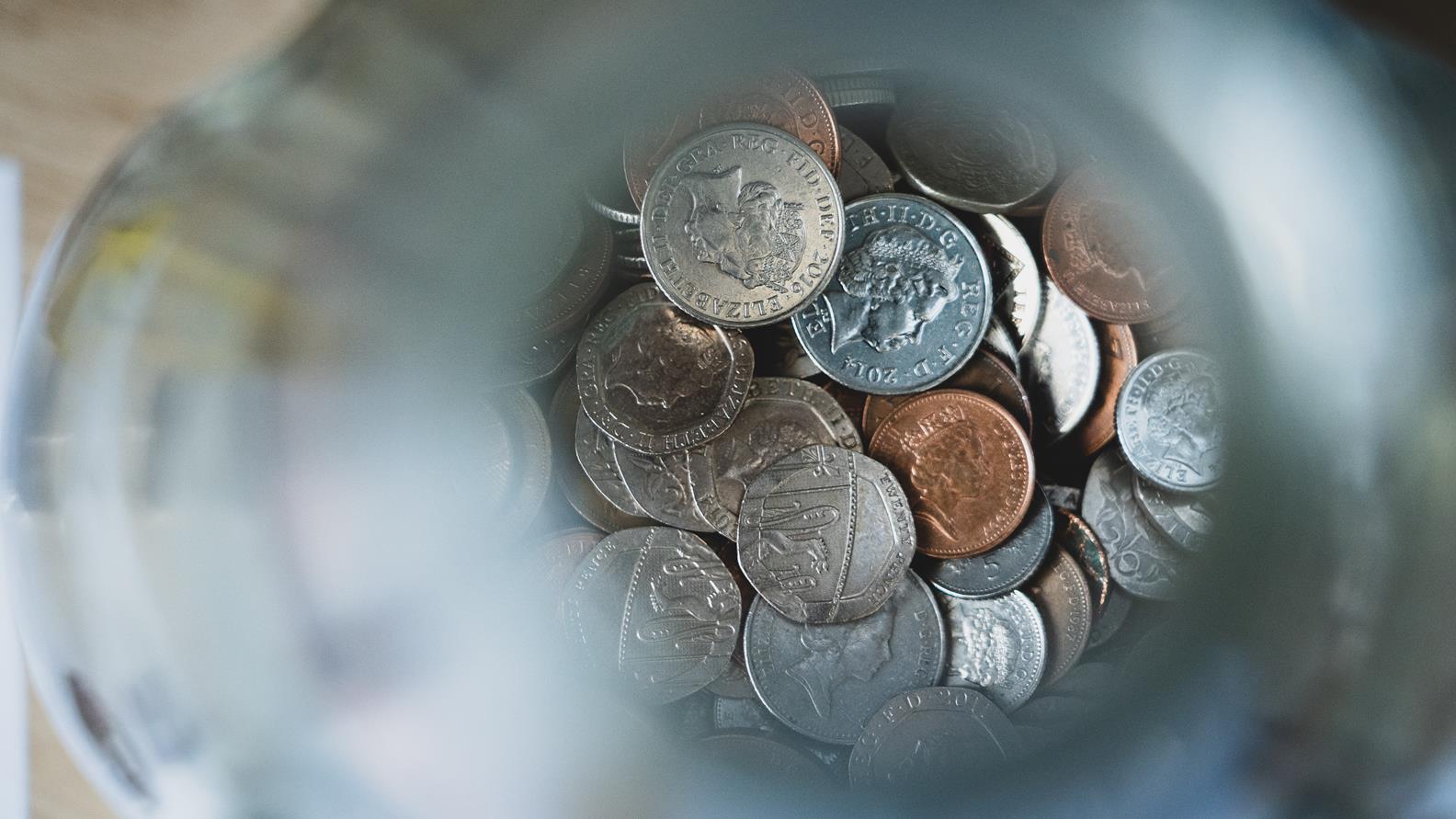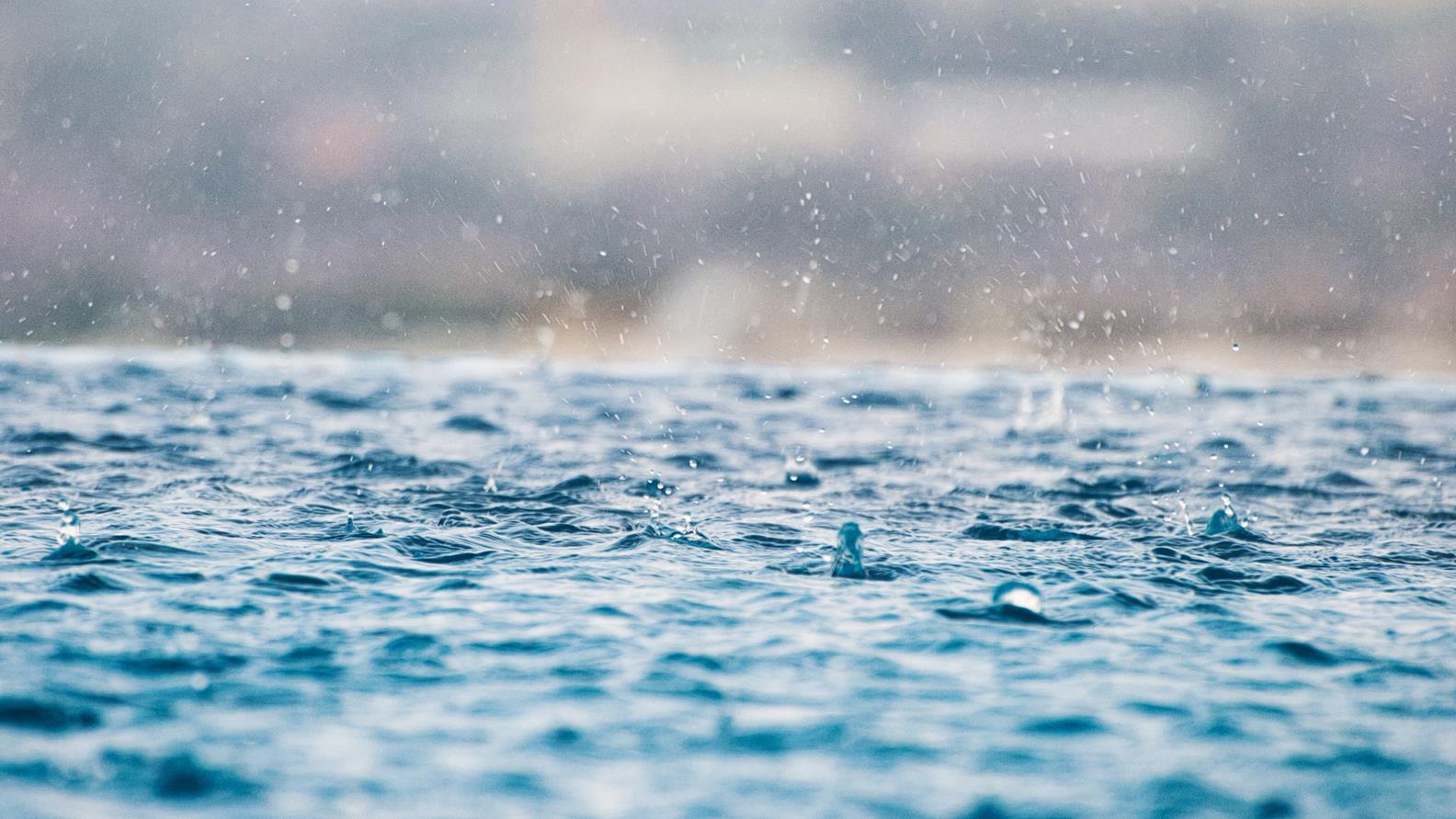Hacks to reduce your everyday plastic waste
Did You Know?
It's not always easy to avoid plastic in the everyday life. But by just changing small habits, anyone can have an impact and become part of the plastic reduction journey. So what exactly can we do?
Hack no. 1: Goodbye, plastic bottles
An everyday misery: beverage crates and plastic bottles piling up in the storage room. Moreover, besides the obvious waste caused by plastic bottles, up to seven liters of water are needed to produce one liter of bottled water. GROHE offers an innovative approach to reduce the number of single-use plastic bottles. On average around 800 per year for a family of four with its GROHE Blue water system: filtered, chilled and even sparkling water directly from the kitchen faucet. Just like that, the dragging of bottle crates becomes a thing of the past, and with high-quality glass bottles for home and cool drinking bottles for on the go, there is nothing to stop you from avoiding plastic bottles in your everyday life.
Hack no. 2: An alternative to cling film
To make leftover food last longer, we often use cling film. But there are environmentally friendly alternatives, such as beeswax wraps. You can easily make these yourself at home: take some cotton cloth and cut it to size, then melt beeswax in a water bath and brush the cotton cloth with it. Iron over it, let it dry and the reusable, sustainable wrap is ready to use.
Hack no. 3: Vegetable bags for shopping
Whether at the weekly market or in supermarkets: vegetables and fruit do not need to be wrapped in plastic or paper bags, which are usually thrown away after being used, anyway. Convenient helpers such as reusable bags that you already own, with which you can pack your loose vegetables and fruits, are very useful here. A little advice: The bags are usually very small and handy – just make a habit of putting them in pockets and jackets, so you always have a bag with you, even when you go shopping spontaneously.
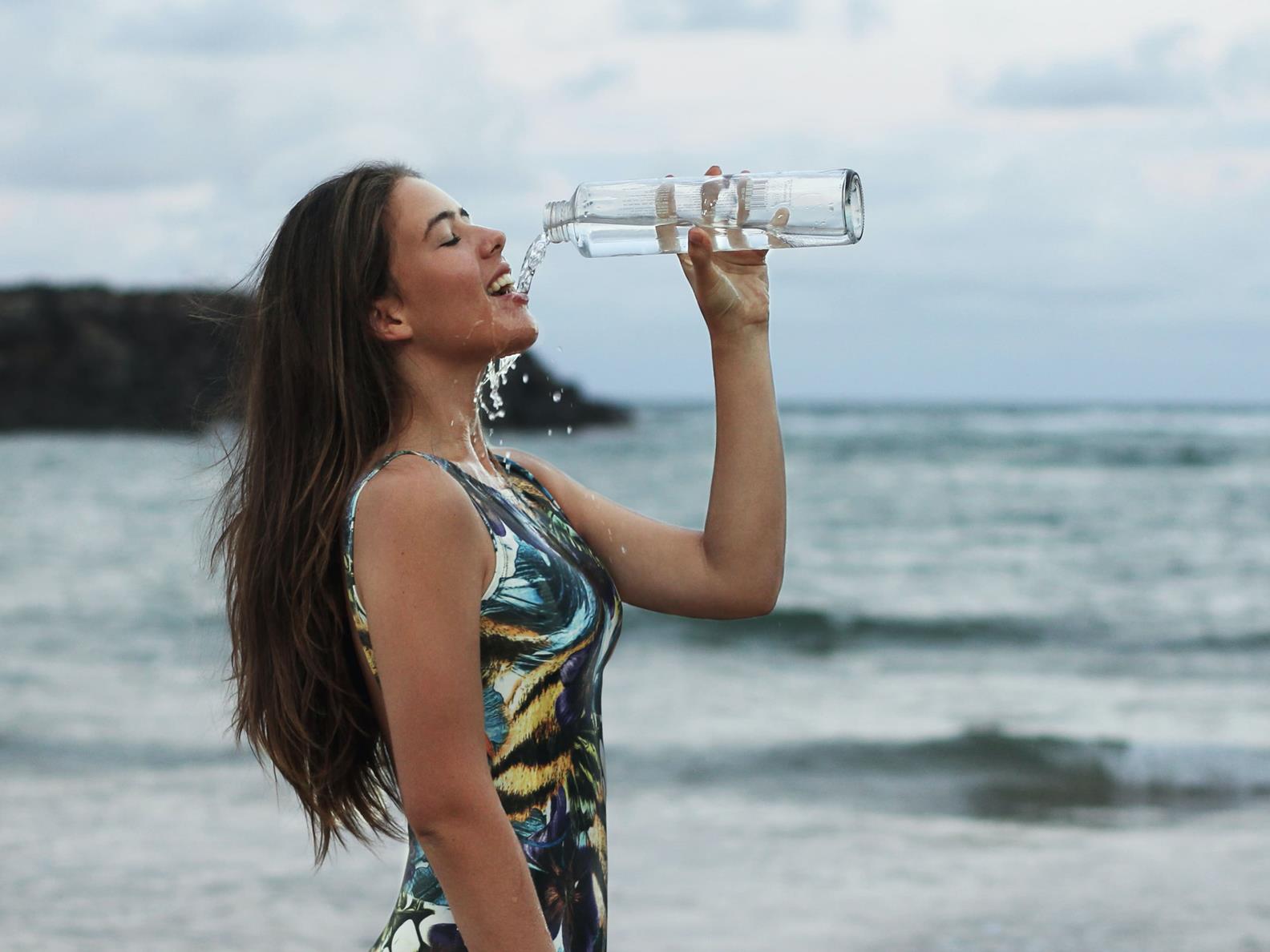
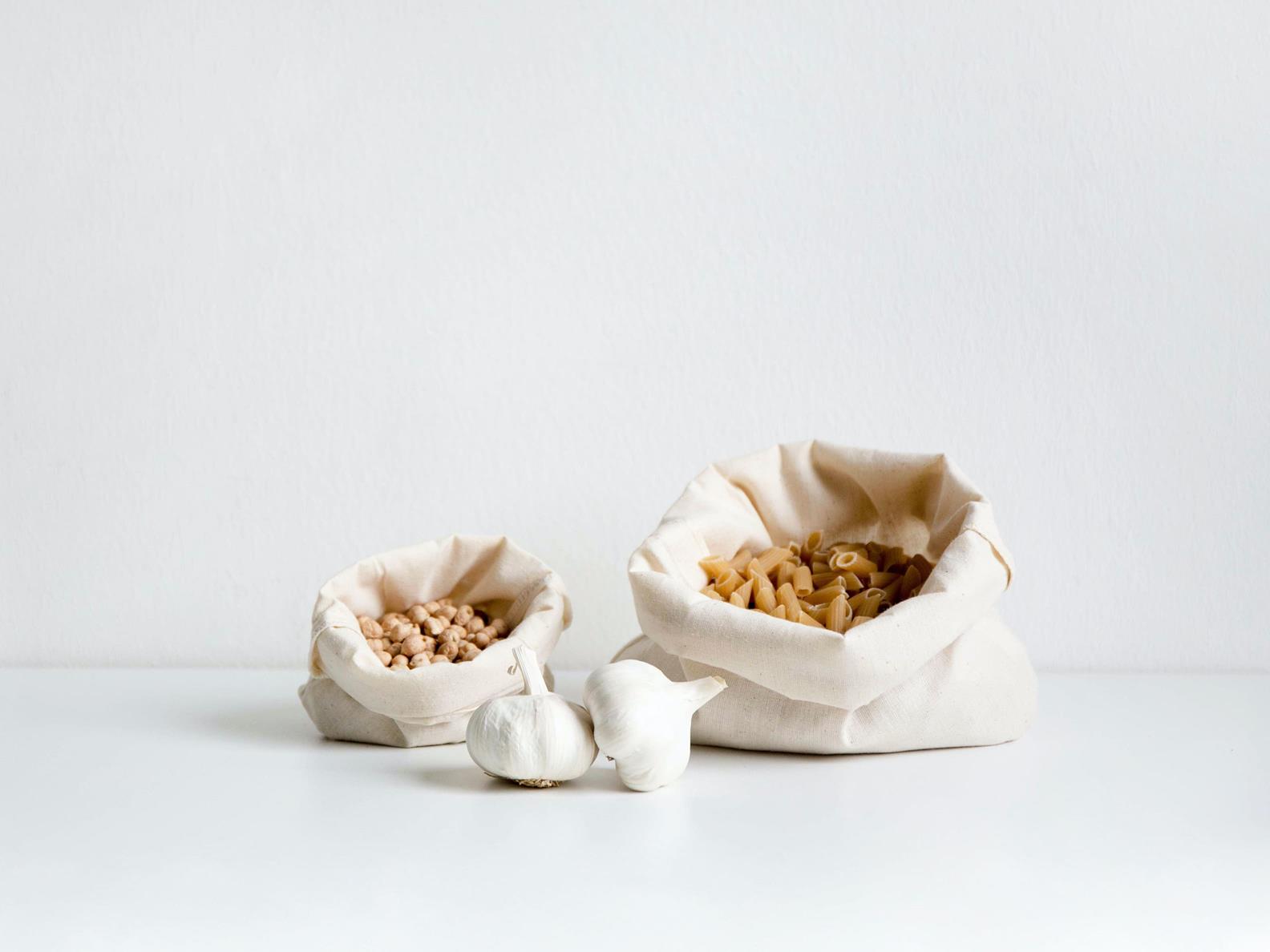
Hack no. 4: Get a new bathroom routine started
No matter if you’re getting ready for the day or bed – oftentimes, lots of plastic packaging is part of the daily bathroom routine. To change this, switch to firm soaps and shampoos or refillable containers. Generally speaking, swapping disposable products with reusable options is the way to go, e.g. razors and makeup remover pads. DIY lovers might even like to create their own soap or lotion at home – there’s lots of inspiring AND easy tutorials online!
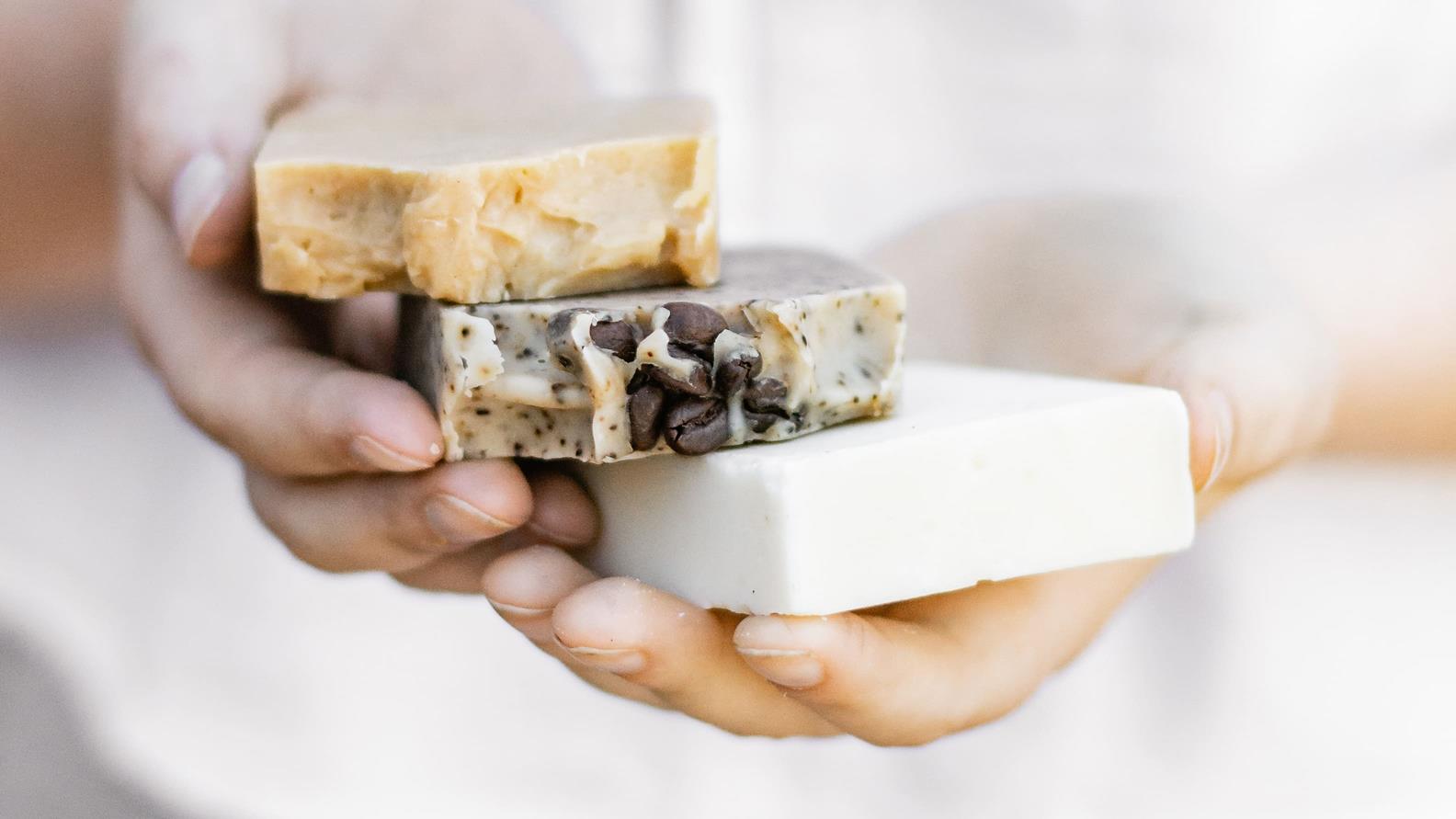
Hack no. 5: Avoid microplastics with wash bags
Many of our garments, such as sportswear, contain synthetic fibers. That’s in itself not really a problem, but these textiles release microfibers with every wash cycle, and so microplastics pass unnoticed through the wastewater into the groundwater. A great way to avoid this is using wash bags. These bags not only catch microplastics, but also protect our clothes, for example from holes caused by zippers. A very simple trick with a big impact!
Hack no. 6: Check what’s inside the product
Microplastics are often hard to spot, as they are used in cosmetic products such as shower gels, makeup or even toothpaste. Used in your daily routine, the microplastic particles enter rivers and ultimately oceans through sewage, rainwater and even flooding. Luckily, avoiding these products is easy thanks to digitalization: Download a helpful app to scan the bar code of the product. It can show you all information on microplastic ingredients!
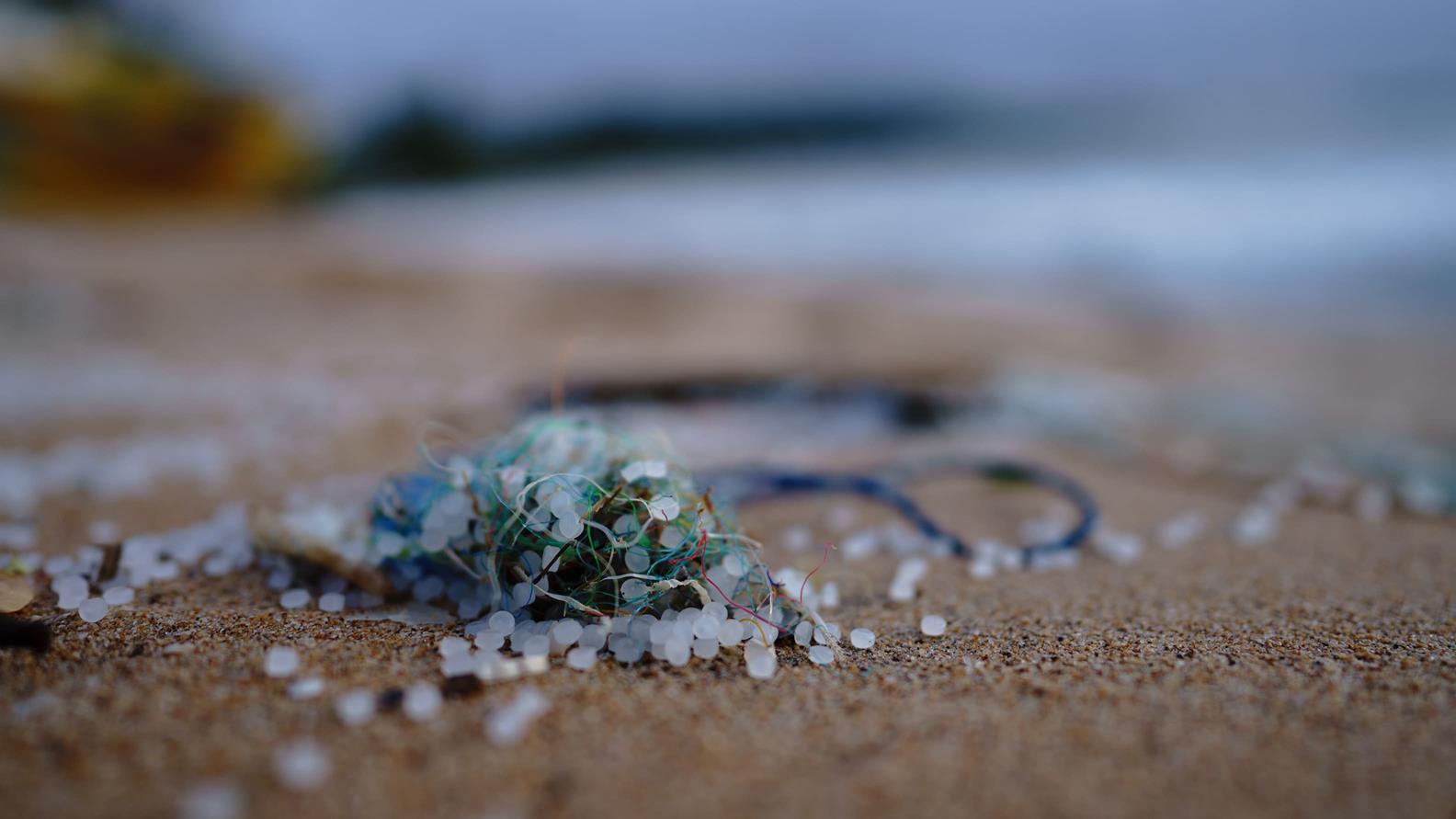
Hack no. 7: Go for long-term relationships
Generally speaking, go for quality not quantity and choose high quality products. We know this can be of higher cost at first but hear us out: It can be way more effective in the long term! High quality products often last many years and do not need replacement as often, therefore saving you packaging and money in the long run.
Hack no. 8: Borrowing instead of buying
A lot of plastic packaging is generated by new products. Avoiding this can help you reduce your plastic consumption. Whenever possible, borrow products that you do not use often from friends and family or online sharing platforms. This eliminates unnecessary plastic and costs. A win-win situation!
Hack no. 9: It’s all about supporting one another
The road to a more sustainable future has proven that we can only make a difference by acting together. Therefore, it is all about team spirit and supporting one another. When purchasing new products, choose companies and start-ups that offer at least plastic-reduced packaging and aim to contribute to a plastic-free future. This way, you can support and strengthen joint efforts to fight the plastic crisis.
We have the opportunity and responsibility to make sure we keep plastic within a circular economy and out of the environment. Moving towards a circular economy not only means using less packaging. It also means designing the packaging in a way where it can be reused, recycled or composted. That means less plastic in our shared environment. GROHE answers with its plastic-reduced packaging, which saves 37 million plastic items per year. Because, let’s face it, plastic waste pollution in the oceans has increased tenfold since 1980 and the annual flow of plastic into the ocean is estimated to triple by 2040. Therefore, immediate action is needed to tackle the plastic pollution crisis.
** The Global Risks Report 2020: http://www3.weforum.org/docs/WEF_Global_Risk_Report_2020.pdf; page 46
*** Breaking The Plastic Wave. A Comprehensive Assessment of Pathways Towards Stopping Ocean Plastic Pollution. https://www.systemiq.earth/wp-content/uploads/2020/07/BreakingThePlasticWave_MainReport.pdf

